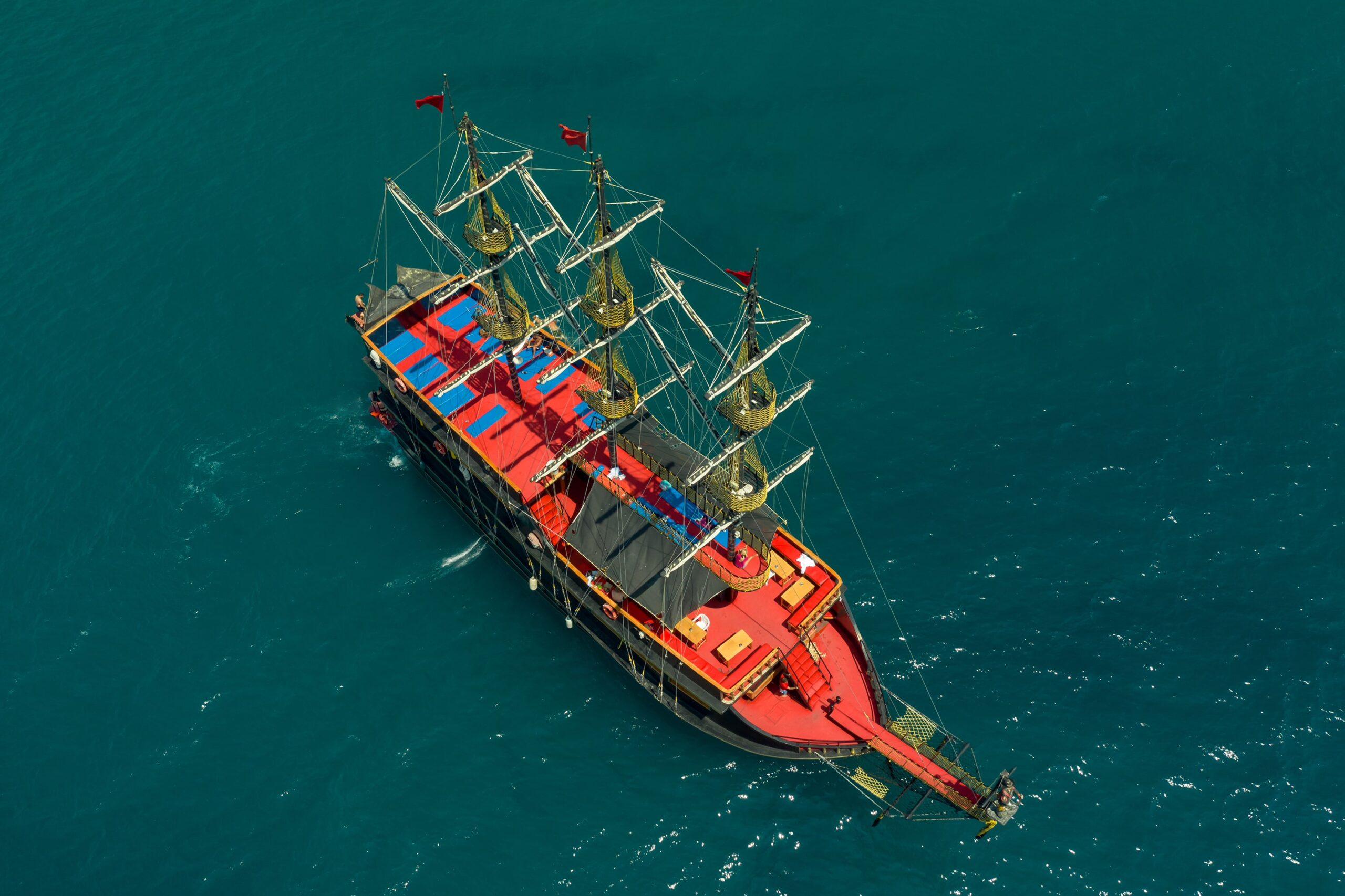
Freight liner and tramp shipping are important transportation methods that form the backbone of international trade. When businesses want to send goods from the point of arrival at the local level to another location, these two methods are among the options they encounter. Liner shipping is a type of transportation carried out by ships, airplanes, or trucks that operate on fixed routes with regular schedules. This method is preferred especially in situations where time is of critical importance, while tramp shipping offers a more flexible structure. In tramp shipping, transportation operations generally occur without a specific route, shaped according to demand, making it a more dynamic option. Both types of transportation can be considered within maritime, land, and air transport modes.
What is Liner Shipping?
Liner shipping refers to cargo services that operate regularly on a specific route and schedule. It aims to increase the efficiency of transportation, ensuring cargo is transported safely and on time. This method is frequently preferred in areas such as maritime transportation within certain routes and schedules. In the transportation sector, these services are carried out with massive container ships, allowing large quantities of cargo to be transported between specific points.
Liner shipping also operates by organizing regular voyages, working within a fixed timetable. It follows predetermined routes and encompasses voyages within this process. The regular service provided to customers ensures that materials and products are delivered on time. This increases the sustainability of commercial activities. The existence of such systems in transportation reduces costs and optimizes business processes. Therefore, liner shipping is an indispensable part of modern logistics systems.
What is Tramp Shipping?
Tramp shipping, as a type of maritime transportation, does not adhere to a specific route or schedule. This method is organized mainly by ship owners or operators, offering a more flexible transportation solution. In tramp shipping systems, ships move according to cargo demand, and voyage arrangements are made based on requests.
This flexibility allows ship owners or operators to switch between different loads and routes. Especially when no specific route is designated for a particular cargo, tramp shipping comes into play. This enables quick responses to demand changes in maritime transportation. Tramp shipping also offers the opportunity to use ship capacity more efficiently, potentially reducing operating costs.
Differences Between Liner and Tramp Shipping
Liner shipping is a type of transportation carried out with ships that make regular voyages on specific routes. This system has a broad capacity for transporting various cargoes such as parcels, bales, and packages. Additionally, the presence of special compartments for transporting refrigerated goods is one of the advantages of liner shipping. This transportation method ensures that cargoes are transported safely and systematically. The number of compartments and decks on liner ships is designed to accommodate various loads suitable for the characteristics of the cargo.
On the other hand, tramp shipping is a system carried out with ships that move flexibly to transport specific types of cargo. This type of transportation generally carries cargo based on demand without a fixed route or timetable. Therefore, tramp shipping can handle a wider range of cargoes, but this can also make the preparation and planning process somewhat more complex.
In liner shipping, handling equipment may vary due to the need for faster loading and unloading of cargo. In tramp shipping, loading and unloading times can be more flexible, providing an advantage suitable for the dynamic nature of this transportation.
We can examine maritime transportation according to cargo types and ship varieties in five sections.
- Ro – Ro Shipping
- Tankers
- Combined Shipping
- Bulk Cargo Shipping
- Container Shipping
1. Tanker Shipping
Tanker shipping generally involves the transportation of substances that can be considered hazardous. This process stands out as an area requiring high safety standards and specialized equipment. Tankers carry liquid cargoes such as petroleum products, gases, and chemicals, forming an important part of maritime transportation.
There are two types of tankers in tanker shipping;
- LPG Tanker: Tanker carrying liquefied petroleum gas
- LNG Tanker: Tanker carrying liquefied natural gas
2. Ro – Ro Shipping
Ro-Ro shipping is a form of transportation carried out via sea. This method uses large cargo ships that allow vehicles such as trucks filled with cargo to be easily loaded and unloaded.
3. Container Shipping
In maritime transportation, containers make up 80% of the cargo. This situation increases the importance of container shipping as global trade expands. Containers ensure the safe and efficient transportation of goods while also speeding up port operation processes.
4. Combined Shipping
Combined shipping is a system where different transportation methods are used together. This method provides significant advantages in transporting products such as oil, bulk cargo, grains, and ore.
5. Bulk Cargo Shipping
Bulk cargo shipping refers to the transportation of bulk materials such as cereals, coal, and salt via sea. This method allows large volumes of cargo to be shipped economically and effectively. Bulk cargo shipping plays an especially important role in international trade. Transporting large quantities of cargo by sea reduces transportation costs and offers time benefits.


